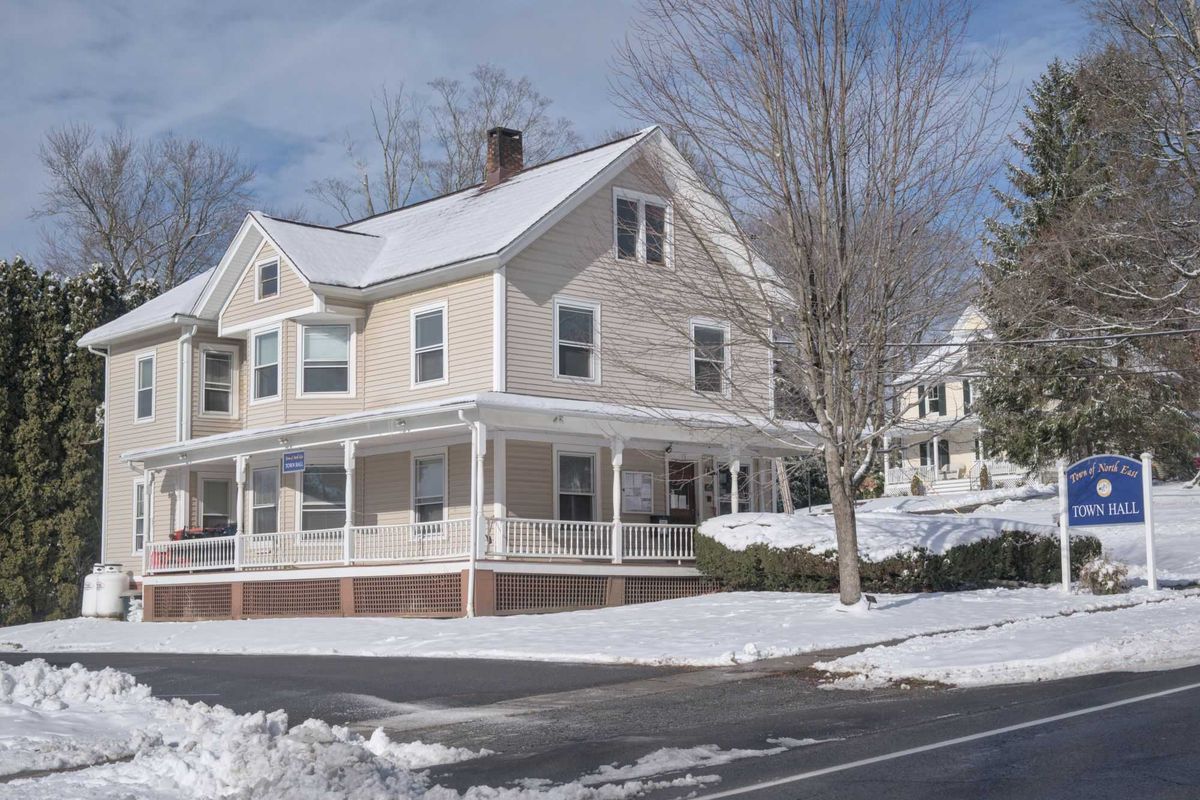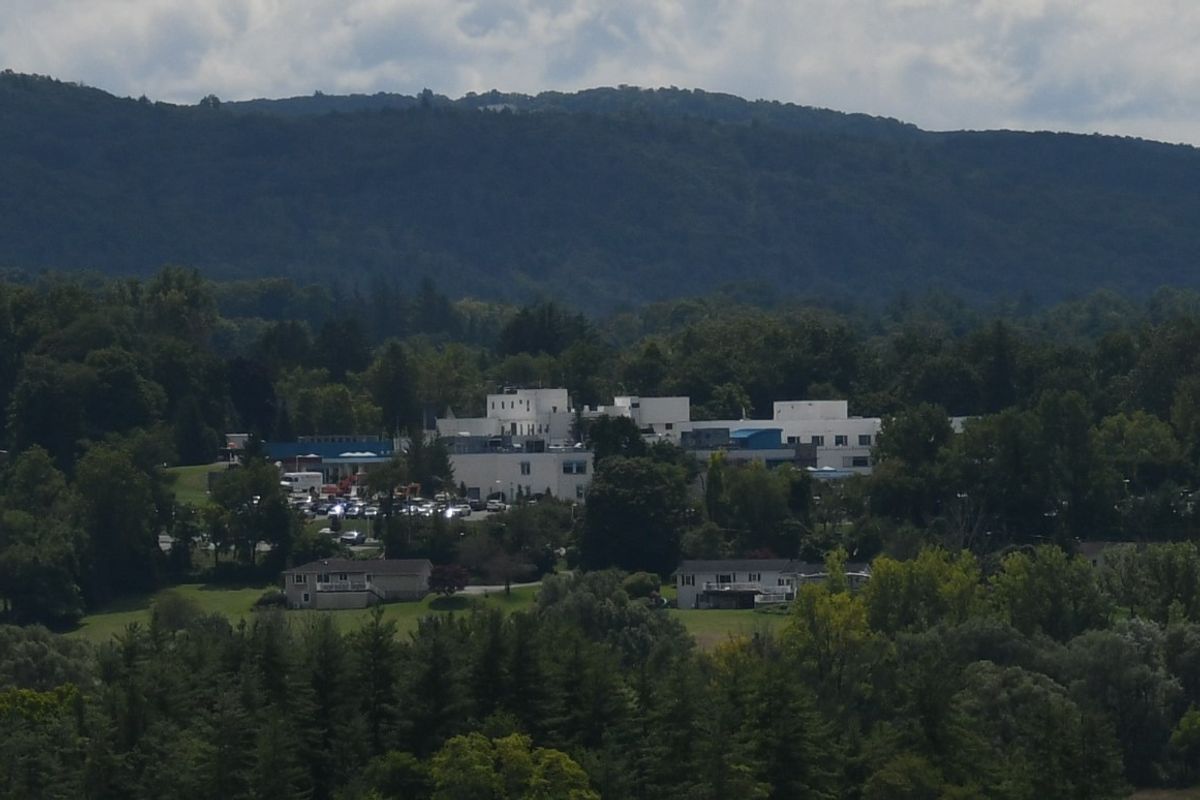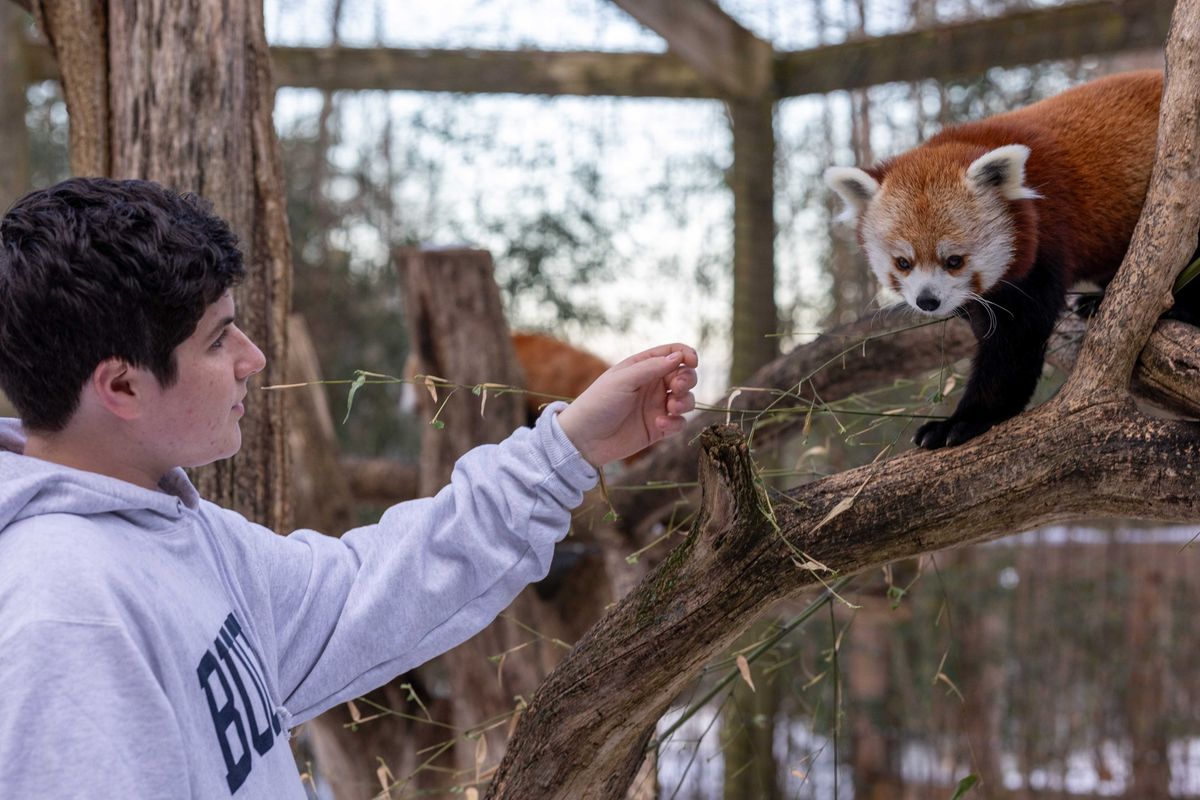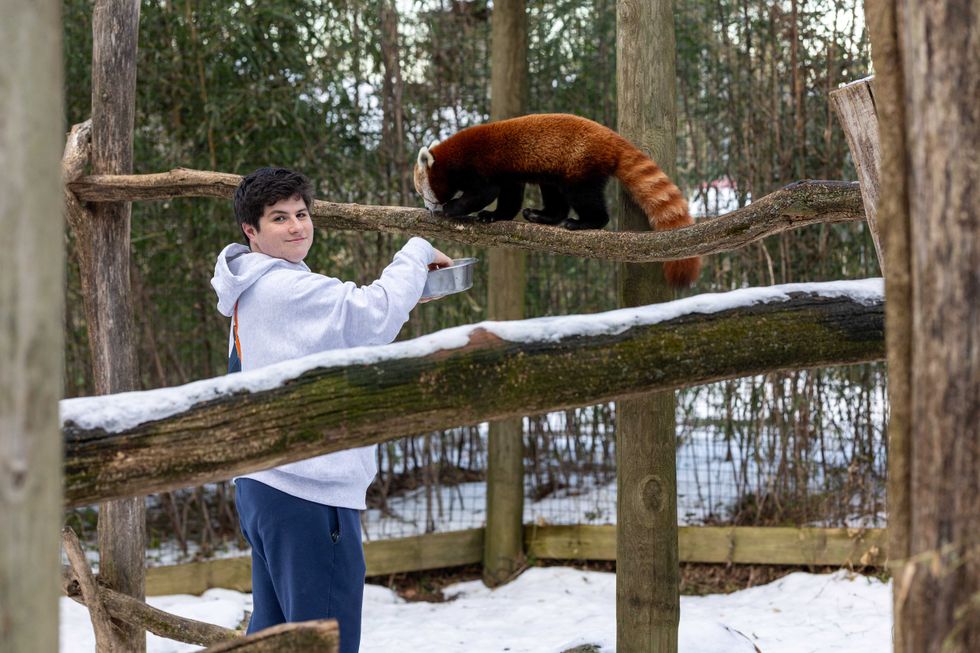Dear EarthTalk: What’s up with all the debate lately as to the flow allowed in new showerheads?
— Bill G., New York, N.Y.
The shower is a place of rejuvenation and relaxation for many of us, but it is also a big water hog, accounting for roughly 17% of the average U.S. household’s water usage. We use a lot less water in our showers nowadays thanks to a Clinton-era law mandating new showerheads sold in the U.S. can’t top a flow rate of 2.5 gallons per minute (GPM). While some showerhead manufacturers tried to circumvent the new restrictions by utilizing multiple nozzles, the federal government eventually revised the legislation (in 2013) to limit entire fixtures to 2.5 GPM.
Dissatisfied with the water pressure in his showers, in December 2020, former President Trump reversed the Obama-era amendment; this restored the federal limit of 2.5 GPM to be applied to individual nozzles instead of the entire fixture. A shower head with three nozzles could then use 7.5 GPM.
The loophole posed detrimental environmental impacts. Americans take about 200 million showers every day. The Alliance of Water Efficiency estimates under Trump’s rule U.S. water usage would increase by 161 billion gallons per year, resulting in more energy use to heat that water, in turn increasing greenhouse gas emissions.
According to the U.S. Environmental Protection Agency (EPA), homes that switched out older less efficient showerheads with newer models have saved some 2,700 gallons of water per year, equating to a savings of 330 kilowatt hours of electricity annually — enough to power an entire house for 11 days. The Natural Resources Defense Council (NRDC) estimates the average American household could save $500 per year on utility bills after switching to low-flow shower heads.
EarthTalk® is produced by Roddy Scheer & Doug Moss for the 501(c)3 nonprofit EarthTalk. See more www.emagazine.com. Send questions to: question@earthtalk.org.





 Max Amsterdam feeds a red panda at the Trevor-Lovejoy Zoo on the Millbrook School campus on Wednesday, Dec. 17. Amsterdam said he became interested in the school's zoo in his freshman year when he watched an older student perform a biopsy on a wolf that had passed away at the zoo.Photo by Aly Morrissey
Max Amsterdam feeds a red panda at the Trevor-Lovejoy Zoo on the Millbrook School campus on Wednesday, Dec. 17. Amsterdam said he became interested in the school's zoo in his freshman year when he watched an older student perform a biopsy on a wolf that had passed away at the zoo.Photo by Aly Morrissey






Get in the flow, switch to low flow showerheads